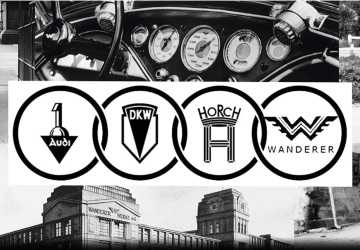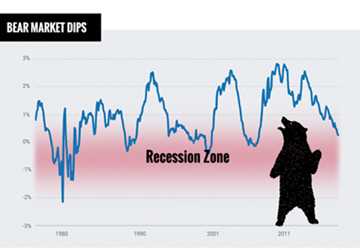What do the four rings of Audi represent?
Author: Mirza Taha Hassan
If you've ever wondered what the four rings in the Audi emblem represent, you may have heard a few theories. Maybe they have any connection to the Olympic rings? Perhaps they stand for the company's four guiding principles. Audi Silver Spring has received many theories, but we'll provide the truth, which is relatively straightforward: The rings represent the automaker's history.
One of the auto industry's most recognizable logos, the Audi emblem combines simplicity with profound significance.

The four rings stand in for the four separate automakers who combined to form the Auto Union in 1932. There were numerous car manufacturers in Germany towards the end of the 19th century. One of the early figures in the development of the vehicle was August Horch. His professional background comprised three years as the head of car production before starting his firm. Horch relocated his company and changed it into a joint-stock company.
A short while afterward, Mr. Horch founded the new automaker Audi, which adopted a ring as its emblem.
However, Horch founded the business; it could not use its founder's name due to unfair competition. Horch's name was translated to produce a new moniker for the company. Horch's name is intriguing because it sounds like the German word for "listen," What does Audi imply in Latin? “Listen.”
You might wonder, what about the other two?
The first two rings on the emblem represent Horch (the firm) and Audi. The two remaining automakers are DKW, which initially produced steam engines before switching to making vehicles, and Wanderer, which was established in 1911.
Bike repair was the Wanderer company's first line of business. They later began producing bicycles and, subsequently, motorcycles. The firm created its first miniature automobile in 1913, called the "Puppchen," or "moppet" in English.
On the other hand, DKW, one of the biggest motorcycle manufacturers at the time, was the fourth business. Jörgen Skafte Rasmussen, the company's creator from Denmark, started testing the Dampfkraftwagen (DKW) in 1916. But Rasmussen started working on two-stroke engines after his futile efforts. DKW became one of the most significant pre-war motorcycle producers a few years later. In 1928, DKW first began producing autos.

The Audi emblem is a representation of the car's best features combined. Everywhere the car excels, including speed, maneuverability, ease of handling, and little fuel use. The logo also denotes owner support around the clock.
The company's emblem, which consists of four three-dimensional overlapping rings, reflects the 1932 merger of Audi with Horch, DKW, and Wanderer and symbolizes strength and security. The rings now appear more sharp-cut with a polished chrome aspect. This emblem, which represents the 1932 union of Audi with three other illustrious businesses, is a representation of power and protection. The current version of the Audi logo was unveiled in 2009 and represents the automaker's unwavering efforts to deepen relationships with customers to boost brand effectiveness, loyalty, and supremacy.







